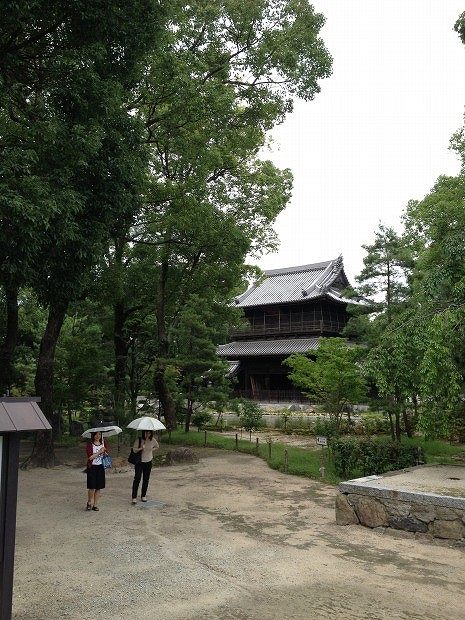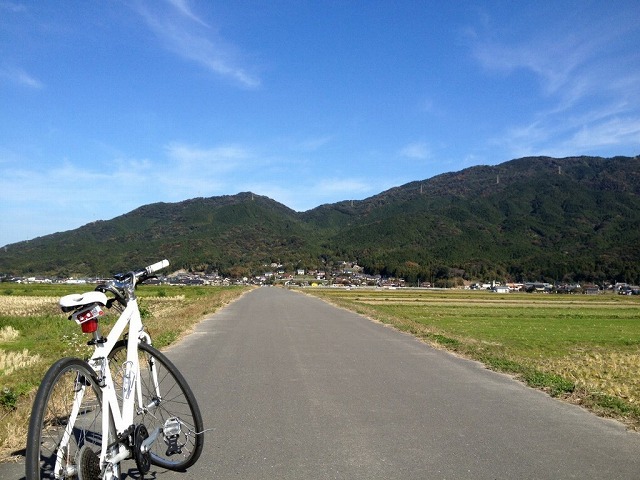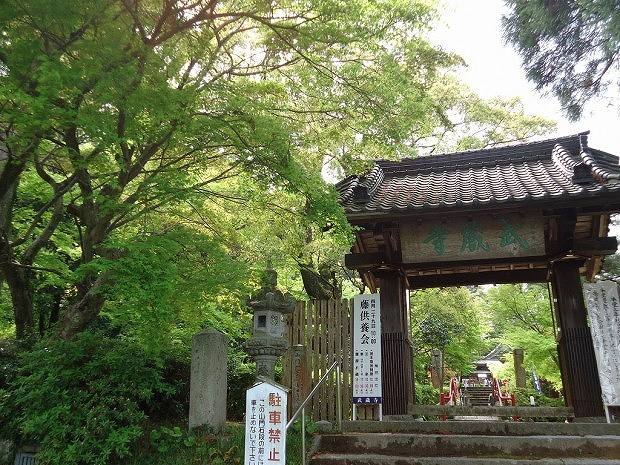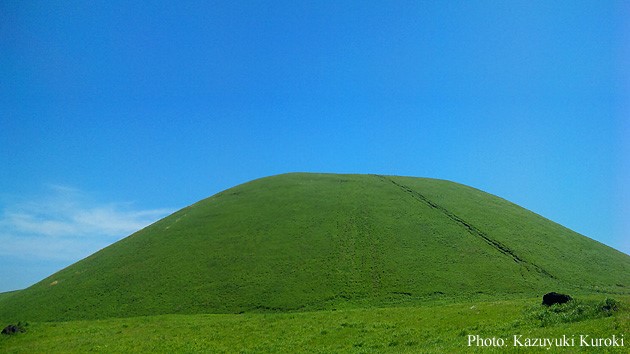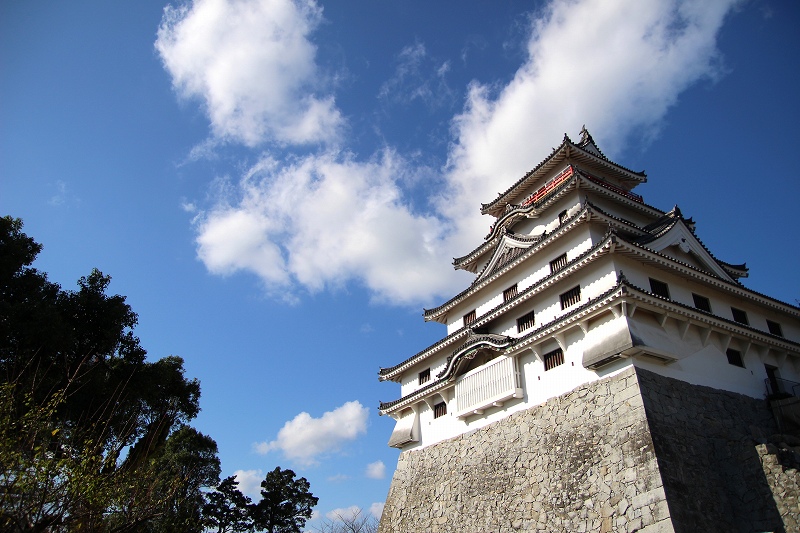Last Updated on 2021/06/18
Having been the capital of Japan for more than a thousand years from 794, Kyoto has many cultural sightseeing spots. Over 250 shrines, as many as 1,600 temples, and other cultural properties of its long history impress visitors. Kyoto is the most attractive place for me.
This time I stayed there with my gests for only 24 hours. I arranged to visit Fushimi Inari Shrine, Nijo Castle and Kinkakuji Temple. We met at the Information booth of Kyoto Station at 2:00 pm and headed to Fushimi Inari Shrine after leaving our luggage in the locker.
Impressive lots of Vermilion torii gate in Fushimi Inari Shrine
Fushimi Inari Shrine located very near from JR Inari Station, is the headquarters of all Inari shrines of Japan. It is very popular for its picturesque succession of vermilion torii gates. Many people are always visiting it.
At Inari Shrine people used to pray for a good harvest to the rice deity in ancient times. Now people pray for success in their business. Sometime we find a small inari shrine on the rooftop of a modern building. When people succeed, they will donate a vermilion torii gate, so the number of torii gate is increasing year by year.
You will see a pair of foxes standing at the entrance, for foxes are the messengers of this shrine’s God. Usually we see a pair of lion- like dogs carved in stone on both side, of the shrine entrance, but this shrine has unique stone statues.
If you have lots of free time, I recommend climbing to the top of Mt. Inari. From the foot of the mountain to the top, there are over 1,000 vermilion torii gates, you feel a unique atmosphere. From the top of the mountain, you can enjoy a spacious view.
After visiting Inari Shrine, we came back to Kyoto Station, and took diner at its underground shopping mall. We ate hot tempura dishes. We could see beautifully illuminated Kyoto Tower.
Lodging at a traditional Japanese house
This inn is a repaired Japanese house, so we can get to know the life style of people in old Kyoto. The house is narrow, but deep and inside it contains a small garden inside. I showed my gests how to wear yukata, Japanese casual kimono, and how to use a Japanese bath. They slept on a futon. It was first time for them to do such things.
Historical Nijo Castle
Next morning, we had traditional Japanese a traditional breakfast while looking at the beautiful garden. From the inn we can go to Nijo Castle on foot.
Nijo Castle was built by Tokugawa Ieyasu in 1603 as his Kyoto residence. In 1626 during the time of Iemitsu, the third shogun, some renovation was carried out, including the addition of some buildings from Fushimi Castle. It has uguisubari (“nightingale floors”) in the corridors which sing like birds when someone walks on them so a secret attack by assassins is impossible. We can see lots of paintings on partitions done by famous artists at that time.
Ninomaru Garden is a stroll garden with a pond in which many islands have been arranged including the Horai Island and the crane and turtle Islands. There’s a Japanese proverb that says that “ the crane lives for 1,000 years and turtle 10,000” in Japan, so cranes and turtles are symbols of longevity. This garden is designed by Kobori Enshu, a famous tea master, and made to be seen from the palace.
This castle is a very historical place. The first Tokugawa shogun built it, and the last 15th shogun, Tokugawa Yoshinobu transferred power back to the Emperor.
Buddhist Paradise Kinkakuji Temple
The official name of Kinkakuji Temple is the Rokuonji Temple. Kinkaku is a shariden, a building where the holy relics of Buddha are kept, but this building is so beautiful and impressive that people started calling it Kinkakuji Temple not Rokuonji Temple.
Kinkaku is located on an island of a lake called Kyokochi, meaning Mirror Lake in Japanese. The lake looks like a mirror when it reflects the image of the golden pavilion on its surface. There are many islands in the lake, including Ashihara Island, said to be in the shape of Japan, as well as the crane and turtle islands.
While looking at the Golden Pavilion on the lake, we can walk around and see a small old building. It is a teahouse called the Sekkatei, built during the Edo period. Kinkaku is especially beautiful when seen from there in the late afternoon sun. On the way there we can see Ryumon taki, a beautiful fall with a carp shaped stone beneath it.
In this short stay in Kyoto we had lots of pleasant time.

